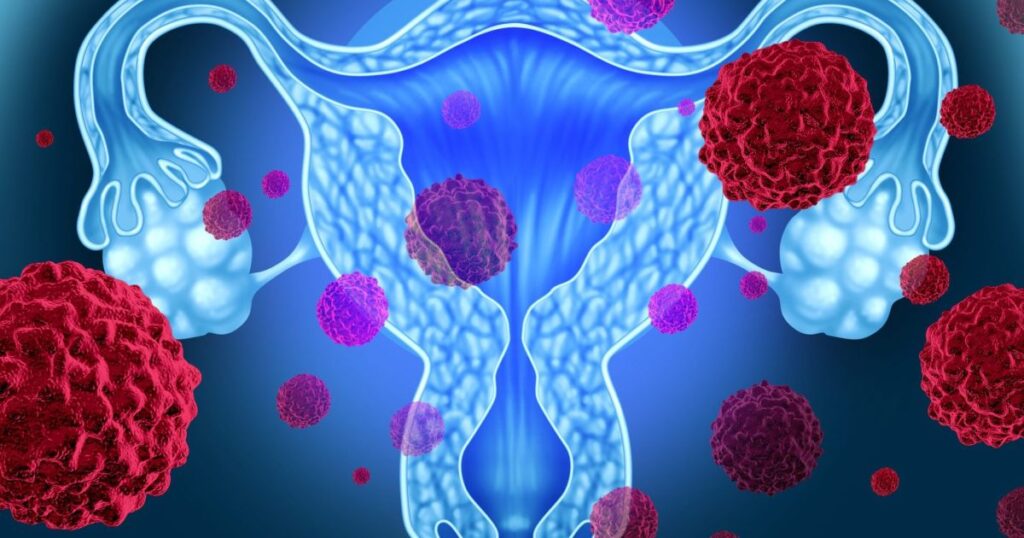Uterus Cancer
- Home
- Uterus Cancer
- Endometrial Cancer/Uterus Cancer

Cancers that arise from the uterus are called endometrial carcinoma . It is one of the most common gynaecological malignancies.
- Risk factors
Age: Endometrial cancer is primarily a disease of postmenopausal women, Geography The incidence of endometrial cancer is higher in western nations and very low in eastern countries.
Diet: The high rate of occurrence of this disease in western societies and the very low rate in eastern countries suggest a possible etiologic role for nutrition, especially the high content of animal fat in western diets. Obesity Phenotypically, the majority of women who develop endometrial cancer tend to be obese.
Parity: Nulliparous women are at 2 times greater risk of developing endometrial cancer, Other risk factors: Other known risk factors for endometrial cancer include diabetes mellitus, hypertension, endometrial hyperplasia, a family history of endometrial cancer, and use of exogenous hormones.
- Types of Endometrial Cancers
There are 3 main types of endometrial cancer: carcinomas, sarcomas and carcinosarcomas. Carcinomas also have different subtypes and are the most common type
- Presentation
Bleeding is an early sign of this cancer and in women post menopause, it usually raises a suspicion, leading to early diagnosis. However, certain types such as serous and clear cell carcinomas and carcinomas may be advanced at the time of diagnosis.
- Treatment
In the early stages, the treatment is surgery (removal of the uterus and lymph glands) followed by radiation therapy and chemotherapy. At times there is a recurrence in the peritoneum or there is peritoneal spread at the time of diagnosis. Some of these patients are candidates for cytoreductive surgery and HIPEC.
The outcomes with Cytoreductive Surgery and HIPEC depend on the type of endometrial cancer, its extent and other patient related factors. When complete removal of the tumor is possible, the outcome is most favourable.

